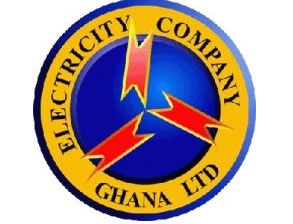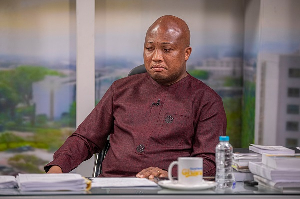The Electricity Company of Ghana Limited (ECG) says it faces an investment funding deficit of US$170million per annum, and its proposed tariff hike, if fully granted, will help narrow the gap.
The company needs US$200million of investment every year to expand its operations to match a similar input in power generation expansion by the VRA. However, it is only able to raise about US$30million internally, leaving a large funding gap of US$170million.
“The monies we generate internally are not enough to meet the company’s annual funding requirements. So the company has added the investment aspect to the new [tariff] proposal submitted to the Public Utilities Regulatory Commission (PURC),” a senior official of the company, who asked not to be named, told the B&FT
“In order to meet the growing demand, the company needs to continuously invest in new equipment and replace old and obsolete ones. ECG has 1.8million kilometres of network [cable], 33,000 bulk supply points, and 108 substations.
These have life-spans; depending on the load, ECG needs to replace the cables every 10-15 years. There are currently 12,640 transformers and the company needs to add 2,000-2,500 transformers every year in light of the growing demand.” In a tariff proposal submitted to the PURC early this year, the ECG said while it is required to pay 26.5 pesewas per kilowatt hour to purchase power from the seven Independent Power producers (IPPs) this year, the current bulk generation tariff provides for only 10.53 pesewas per kilowatt hour.
“Based on the increase in generation costs, which requires that ECG increase payments to the IPPs and VRA, ECG proposes an adjustment of electricity distribution rates from 9.76 pesewas per kilowatt hour to 30.66 pesewas per kilowatt hour -- a percentage increase of 214%, which is based on the revenue requirement of GH¢2,540million for the year 2013,” the company said.
The electricity distributor has come in for criticism over the technical and commercial losses it incurs on an annual basis. Consumer groups have said the company should put its house in order before demanding a tariff adjustment.
“The PURC requires minimum technical and commercial losses of 21 percent, while acceptable technical and commercial losses for electricity producers the world over is 15 percent,” the source said.
A World Bank report published in 2010 postulated the creation of five Strategic Business Units (SBUs) under ECG -- Ashanti Region; Tema, Volta and Eastern Regions; Greater Accra; Western; and Central Regions -- to run as autonomous institutions. The Ministry of Energy in the last few months has written to the ECG about government’s intentions to implement the recommendations of the World Bank.
However, the ECG has said the time is not right and that “it should be shelved” for now, especially as the company has steadily reduced its technical and commercial losses from some 27 percent to 21.3 percent in the last two years.
The pilot phase of the SBU proposal was rejected by the Ashanti regional employers of the company. Citing duplication of functions, loss of jobs, and improvement in the delivery of service over the last two years, the workers rejected the proposal.
ECG is currently broken down into 10 units with Regional Directors who are given a set target, and District Managers who report to the Regional Directors. The Regional Directors in turn report to the head-office.
Business News of Tuesday, 6 August 2013
Source: B&FT
ECG faces US$170m funding gap

Entertainment















